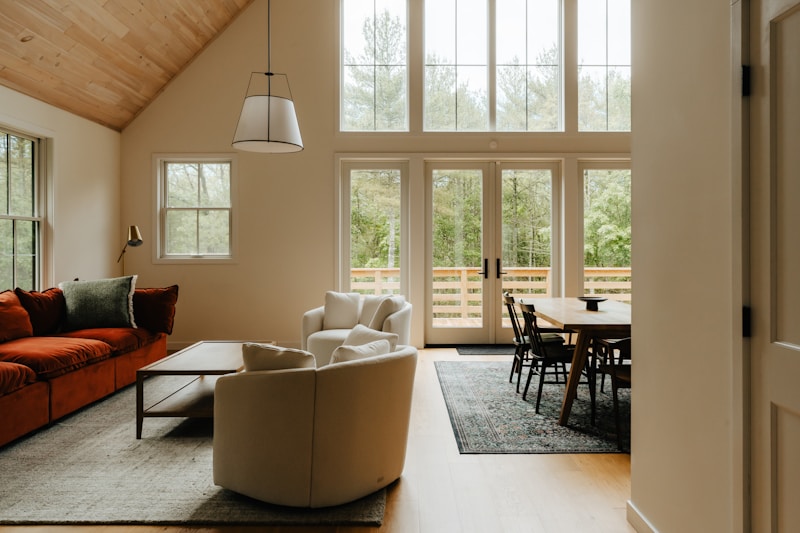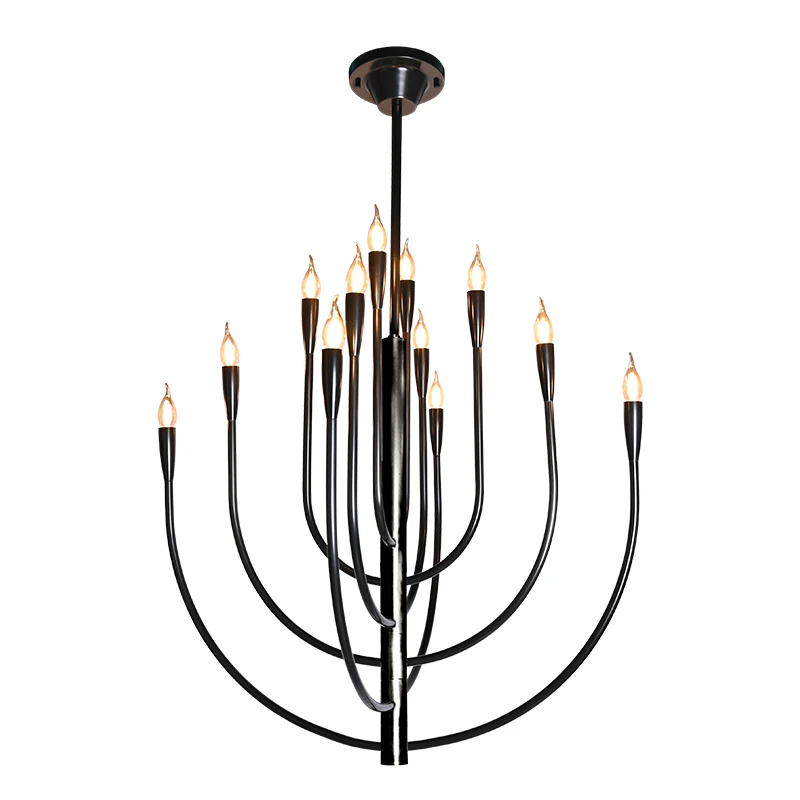Layered Lighting Concepts for Modern Homes: Elevate Your Space with Style
Layered Lighting Concepts for Modern Homes: Elevate Your Space with Style
When it comes to creating a welcoming ambience in our homes, one important factor that often gets overlooked is lighting. Layered lighting concepts are becoming increasingly popular in modern interior design, as they provide both functionality and aesthetic appeal. In this article, we will explore the various layers of lighting, their benefits, and how they can transform your living space into a harmonious haven.
Understanding Layered Lighting
Layered lighting refers to the combination of different types of lighting to create a versatile and dynamic atmosphere in a room. Typically, it consists of three main layers:
- Ambient Lighting: This is the general, overall illumination in a space. It sets the base level of light.
- Task Lighting: This layer focuses on areas where specific tasks are performed, such as reading, cooking, or studying.
- Accent Lighting: Accent lighting is used to highlight specific features in a room, such as artwork or architectural elements.
The Benefits of Layered Lighting
Incorporating layered lighting into your home design has a multitude of benefits:
| Benefits | Description |
| Versatility | Allows you to adjust the mood and function of a space easily. |
| Enhanced Aesthetics | Adds depth and visual interest to your rooms. |
| Improved Functionality | Ensures that various activities can be carried out comfortably. |
| Energy Efficiency | Enables you to use only the necessary lighting, reducing energy consumption. |
Creating Your Layered Lighting Plan
To effectively implement layered lighting concepts in your modern home, follow these key steps:
1. Assess Your Space
Start by evaluating each room in your house. Consider the primary functions of each space and identify areas that require different types of lighting. For instance, a home office will need more task lighting than a living room.
2. Choose Your Fixtures
Once you’ve determined your lighting needs, select fixtures that align with your design style. From sleek pendant lights in the kitchen to elegant Floor lamps in the living room, the choices are endless. Aim for a mix of styles to enhance the layered effect.

3. Layer the Lighting
Begin layering your lighting by starting with ambient lights. Ceiling-mounted fixtures or recessed lights can be effective base sources. Next, introduce task lighting, such as desk lamps or under-cabinet lights. Finally, add accent lighting using spotlights or decorative sconces to highlight artwork or features.
Tips for Effective Layered Lighting
To ensure that your layered lighting design is both functional and appealing, consider the following tips:
- Dimmer Switches: Install dimmer switches to adjust the intensity of your lighting, allowing you to customize the mood.
- Natural Light: Take advantage of natural daylight by strategically placing Mirrors and lighter colors in your decor to reflect sunlight.
- Lighting Temperature: Experiment with different color temperatures; cooler lighting is better for task areas, while warmer tones create a cozy atmosphere.
- Smart Lighting: Consider incorporating smart home technology, allowing you to control your lighting remotely and set specific schedules.
Examples of Layered Lighting in Different Rooms
To give you a better understanding, here are some examples of how layered lighting concepts can work in various areas of your modern home:
Living Room
In the living room, ambient lighting can be achieved with ceiling fixtures or recessed lighting. Task lighting might include Floor lamps by the sofa or Table lamps on side tables for reading. Accent lighting can highlight artwork or interesting architectural features with the use of wall-mounted sconces or spotlights.
Kitchen
In kitchens, ambient lighting can come from ceiling mounts, while under-cabinet lighting serves as task lighting to assist in food preparation. Pendant lights over kitchen islands can also double as both ambient and task lighting, while accent lights can showcase decorative kitchen items or plants.
Bedroom
A bedroom can employ ambient lighting through overhead fixtures. Task lighting can be accomplished with bedside lamps for reading. Accent lighting can involve wall sconces or LED strip lights beneath furniture for a luxurious feel.
Layered Lighting for Outdoor Spaces
Don’t forget about exterior areas! Layered lighting concepts extend beyond the indoors to include balconies, gardens, and patios. Here’s how to implement them:
- Ambient Outdoor lighting: Use string lights or lanterns to create a soft glow in your outdoor areas.
- Task Outdoor lighting: Install brighter fixtures near barbecue areas or outdoor kitchens to ensure visibility during evening gatherings.
- Accent Outdoor lighting: Spotlight trees, shrubs, or garden decor to create visual interest in your garden at night.
Conclusion: Embrace Layered Lighting in Your Home
Layered lighting concepts can dramatically enhance the functionality and aesthetic appeal of your modern home. By thoughtfully combining ambient, task, and accent lighting, you can create a versatile and inviting space that meets your specific needs. Remember to assess your space, choose the right fixtures, and incorporate dimmable options for full control over your lighting experience.
As you embark on your layered lighting journey, consider your unique style and the ambiance you wish to create. Whether you're entertaining guests or enjoying a quiet evening at home, the right layered lighting can make all the difference.
For more inspiration, be sure to explore various lighting designs and trends online, and don’t hesitate to consult with a lighting professional to truly elevate your home’s atmosphere!
